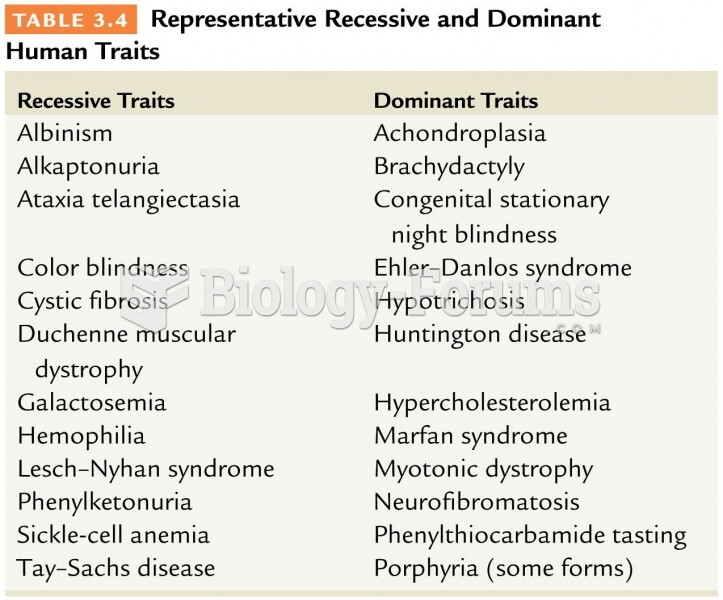Answer to Question 1
C
Answer to Question 2
Downsizing is the process of permanently reducing the number of a firm's employees so as to improve the efficiency or effectiveness of the firm. Downsizing is a popular way for organizations to attempt to improve their flexibility by reducing their bureaucratic structures, giving employees who have been retained by the firm the power to make decisions more quickly, and improving communication within the firm. A downsizing can also be done, however, in response to a merger or acquisition, revenue or market-share loss, technological and industrial changes, a restructuring, and inaccurate labor-demand forecasting.
If the choice of which employees to downsize is not constrained by a collective bargaining agreement (which usually mandates that union members with the most seniority be retained), there are several ways to choose who to target in a downsizing. Across the board downsizing requires all of a company's units to reduce their headcount by the same percentage. Geographic downsizing targets specific locations for employee reductions, perhaps due to the loss of an important customer. Business-based downsizing targets only certain segments of a business. In addition, downsizing can target specific functions or departments that need to be reduced, or specific positions or jobs that are overstaffed. Performance-based downsizing targets poor performers. When downsizing is seniority-based, the last people hired are the first people let go. If cost cutting is a goal of the downsizing, salary-based downsizing can help a firm reach this goal. This method involves targeting a firm's most highly paid employees. Competency-based downsizing involves retaining employees with the competencies the company expects to need in the future and downsizing employees who lack them. Downsizing can also be done through self-selection, if a firm offers its employees inducements to leave, such as early retirement packages or buyouts.







